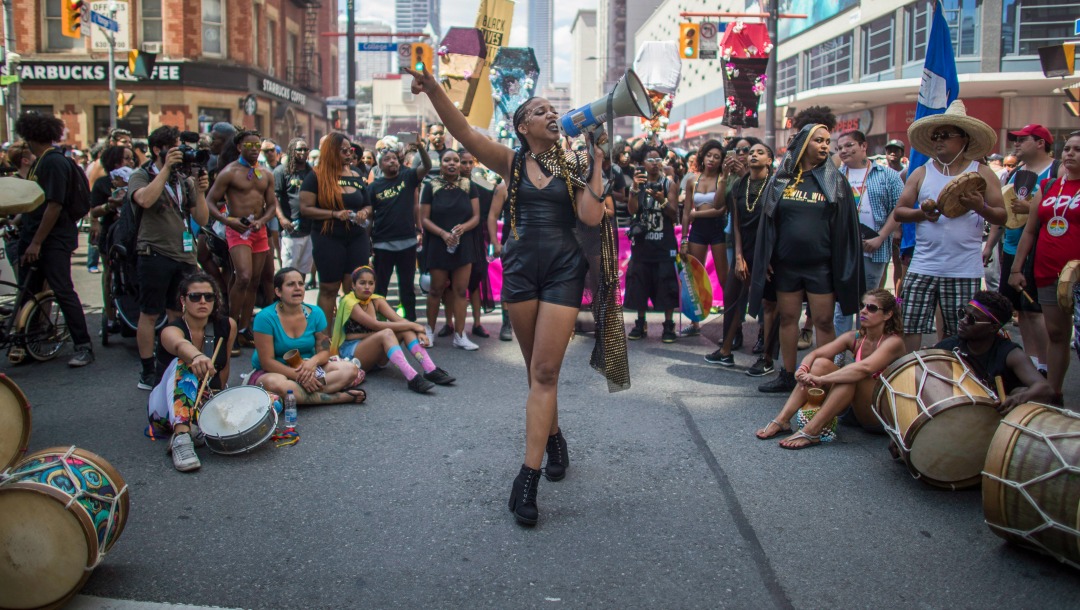The furor over Don Cherry’s firing is only going to widen the cleavage between white, rural, conservative Ontario and urban, diverse, progressive Ontario.
While defending comments seen by many as racist – “You people … that come here … you love our way of life … at least you could pay a couple of bucks for poppies” – the hockey commentator told Tucker Carlson of Fox News that Canada had changed “a lot” over the years in places such as Toronto and Mississauga. But “you go to the small cities around Ontario, and they haven’t changed at all. They still wear their poppy.”
By “you people,” he clearly means immigrants. By “small cities around Ontario,” I think he means places such as Chatham or Orillia or Pembroke and the surrounding rural areas in Southern and Central Ontario. Let’s look at the federal ridings those cities are in and compare them with the closest big city.
In Chatham-Kent–Leamington, in Southwestern Ontario, immigrants account for 13 per cent of the population, according to Statistics Canada. The median age is 45 and the population of the riding declined by 2 per cent between 2011 and 2016.
The unofficial capital of Southwestern Ontario is London, with a population of 383,000. Twenty-two per cent of the city’s population consists of immigrants. The population grew by 5 per cent between 2011 and 2016, and the median age is 40, considerably younger than Chatham-Kent–Leamington.
In Central Ontario, the small city of Orillia, population 31,000, is part of the mostly rural riding of Simcoe North, where immigrants make up 9 per cent of the population. Compare this riding with its nearest counterpart in the Greater Toronto Area, King–Vaughan, 100 kilometres to the south. Immigrants in King–Vaughan make up 41 per cent of the population. In many GTA ridings, immigrants are in the majority. Orillia struggles to grow; Vaughan is booming.
Finally, let’s travel to Eastern Ontario and compare Renfrew–Nipissing–Pembroke – a mostly rural riding that includes the small city of Pembroke – to the closest big-city riding, Ottawa West–Nepean, 140 km away. Only 5 per cent of people in Renfrew–Nipissing–Pembroke are immigrants, compared with 27 per cent in Ottawa West–Nepean. Pembroke’s population gets smaller by the year. Ottawa’s population passed the million mark in June.
Another thing ties Chatham-Kent to Orillia to Pembroke. Their ridings all went Conservative in the last federal election. King–Vaughan, Ottawa West–Nepean and three ridings in London went Liberal or NDP. (The Conservatives did take Elgin–Middlesex–London, but that riding has a large rural component.) Most of the 36 Ontario seats the Conservatives won in the last election are outside the big cities. Most of the 85 seats that went Liberal or NDP are inside them.
Here’s the amazing thing: In almost every riding I studied, the median total income in the rural riding was similar to that in the nearest major urban riding. The exception was Simcoe North and King–Vaughan, but that 20-per-cent gap is erased by higher costs that come with living in the GTA. (The average price of a home in Vaughan is more than twice that of a home in Orillia.) The urban/rural, progressive/conservative divide is not economic. This isn’t a class war. It’s a culture war.
Yes, there were plenty of people in Chatham-Kent or Orillia or Pembroke who were appalled by Mr. Cherry’s remarks, and people in London, the GTA and Ottawa who defended them.
But when Mr. Cherry talked about the “small cities,” he was talking about communities that are older and whiter and politically more conservative than their big-city counterparts.
The birth rate in Ontario is well below replacement rate. Communities that don’t bring in immigrants to replace missing babies are doomed to decline, to become less relevant to the life of the province.
We need policies at every level to encourage immigrants to move to small cities and rural areas. It’s true that such attempts, including programs to encourage entrepreneurial immigrants, are open to abuse. But at the least, governments should be emphasizing to immigrant Canadians that there are job opportunities and lower living costs in smaller communities.
Not only would those communities benefit economically from the new arrivals, they might become more diverse in their views, helping to bridge the gulf between rural and urban. And that would be good for everyone.
























